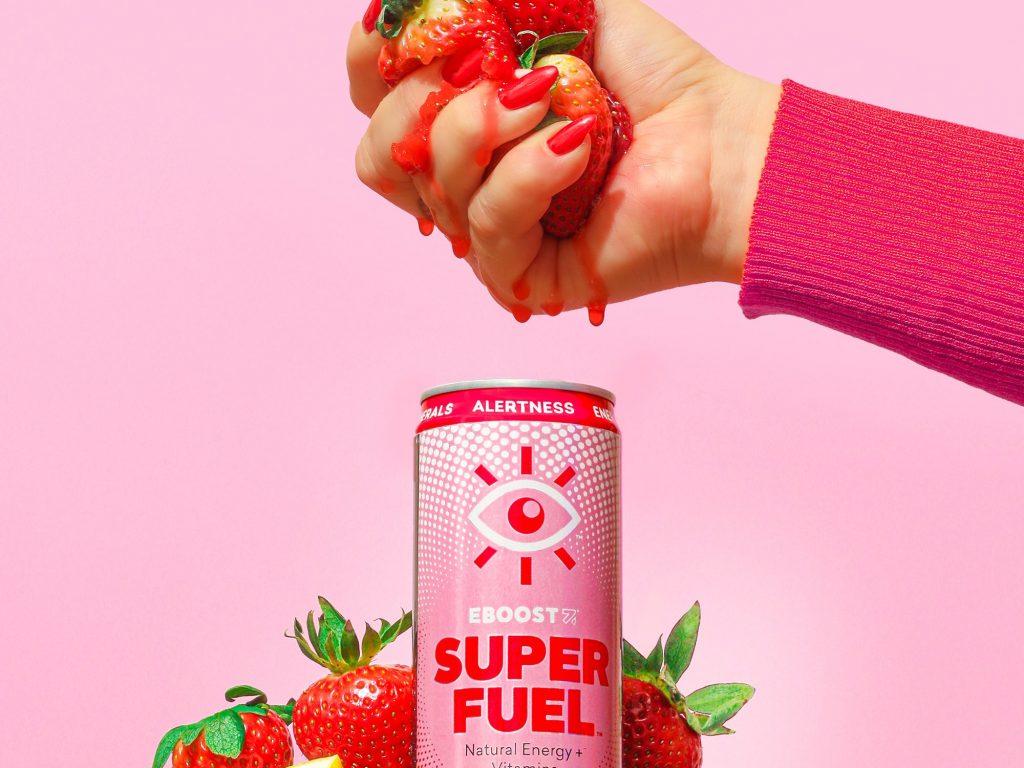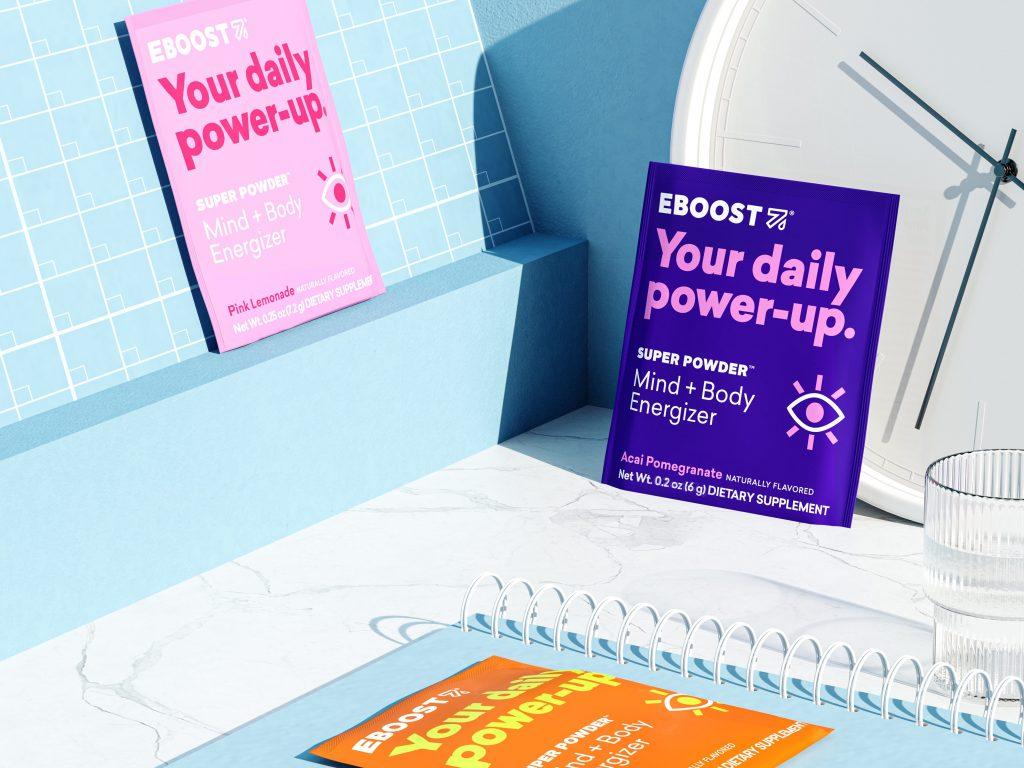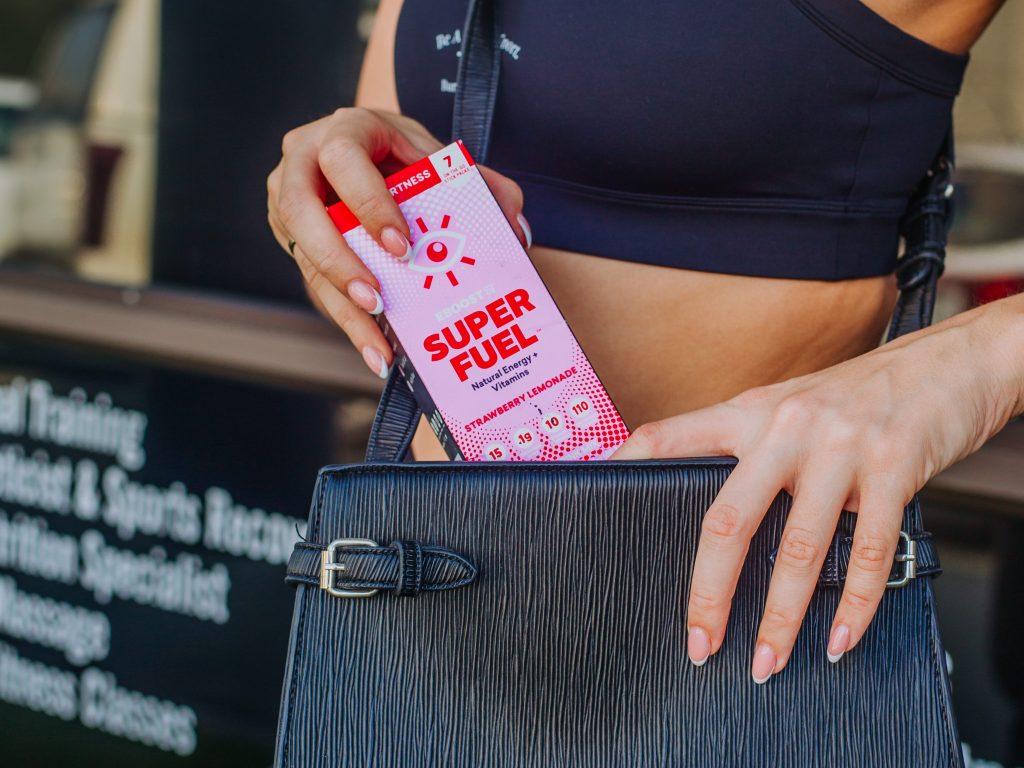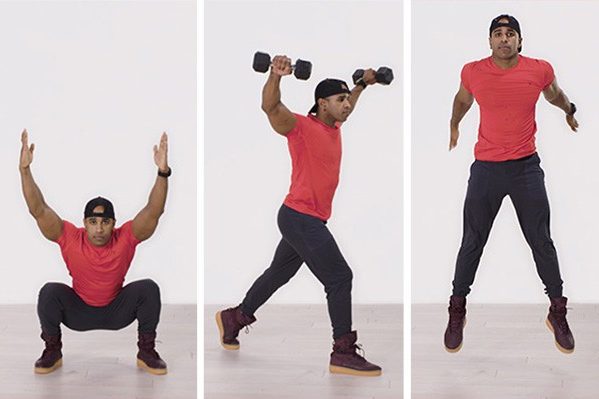There’s no debate on the benefits of exercise.
There are, however, different expert opinions, advice, and unspoken workout “rules.” Some stem from outdated information, and others are so ingrained that they become a habit — even though they aren’t effective. These mistakes could not only mess with the success of your workout but cause injury and stall your progress too.
Here are 12 workout habits you should ditch for better results, and what you can do instead.
You want to fit in your whole workout, but skipping your workout to do so is a huge mistake.
New York-based personal trainer Miriam Fried told INSIDER that about 90% of gym-goers she sees don’t warm up. The other 10% are often doing random moves before going into their full-on workout.
“Plan on warming up whatever you’re working on that day, and going through the range of motion that you’re going to be going through,” she said, noting that a good warm-up could last anywhere from five to 10 minutes.
“I get it: A lot of people are crunched on time, and they just want to get right into their workout,” she said. “But it’s 100% not worth the risk of the injury that can come with it, so it’s worth giving yourself five minutes.”
Doing static stretches does not count as a good warm-up.
Studies have shown that stretching before a workout impedes your performance and won’t decrease your chance of injury, BU Today reports.
But there’s a huge difference between static and dynamic stretching. Static stretches involve holding a position, like touching your toes, for 30 to 60 seconds. Those should be saved for after your workout since doing them beforehand could cause problems.
Personal trainer and Row House instructor Gretchen Raddatz told INSIDER a better alternative is dynamic stretching, where you repeat a specific movement 10 to 15 times, during your warm-up routine.
“You should do more motion stretches like arm circles, leg lifts, and knees to chest, but nothing with lots of jumping,” she said.
Raddatz specifically recommended walkouts, where you go from a standing position to a plank by walking your body out with your hands, to get your whole body warm and ready to work.
Cardio is great for your heart health, but doing just cardio robs your body of the benefits of strength training. Lifting weights could change the shape of your body while keeping your bones and joints strong too.
“Cardio isn’t going to change the shape and the look of your body,” she said. “Strength training is going to burn calories, change the shape and look of your body, and you’re going to continue to burn calories post-workout because it requires energy to actually build muscle.”
To successfully implement both into your routine, Fried compared a workout to a dinner plate.
“If you have a plate of food, strength training should be your meat and potatoes and cardio is your side dish,” she said. “You want to eat the main portion first and get the strength training done, since that’s your priority and the main part of your workout, and then cardio should really be looked at as something you sprinkle in as needed.”
Although a cardio-only routine could help you lose weight by burning calories, strength training takes the cake regarding a time-effective workout.
Eating for your goals isn’t as complicated as you might think. To lose weight, you need to eat less, to gain muscle you need to eat more, and to build your endurance you need to eat a specific breakdown of foods.
The jury is still out, however, on how effective meal timing is for your muscles. That said, it is generally encouraged to have a pre and post-workout meal of protein and carbs, depending on your specific goal. Fried noted that eating pre or post-workout is a personal decision that you will have to determine through trial and error, not based off of anything else besides how you feel.
“People should really experiment and figure out what works best for them,” she said. “You might find that you love the energy that you get from a good meal beforehand or you might find that you like to roll out of bed have some water and come home to eat a huge meal [after], so it’s sort of case by case.”
Challenging your body is part of the muscle growth process. And although having a routine will give you direction, you should change it up every few weeks to avoid a plateau, according to Fried.
“Ultimately, in terms of muscle growth, the thing that you need is progressive overload [meaning] you need to constantly be growing the volume that you’re doing,” Fried said.
She said you could increase your volume by changing the reps, adding weight, adding sets, or modifying exercises to make them more difficult by adding resistance bands, for example. Fried also…





